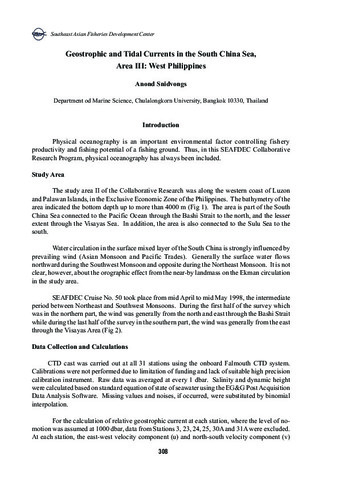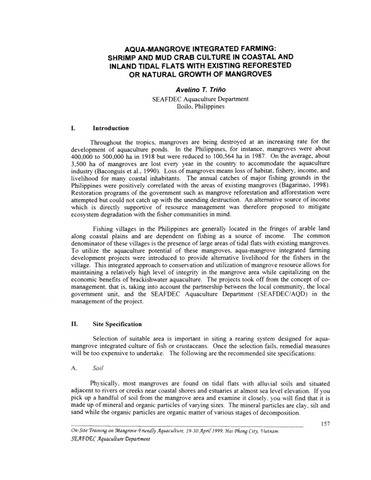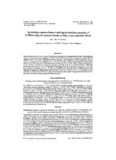| dc.contributor.author | Kuroda, Hiroshi | |
| dc.contributor.author | Tanaka, Takahiro | |
| dc.contributor.author | Ito, Sayaka | |
| dc.contributor.author | Setou, Takashi | |
| dc.date.accessioned | 2021-12-03T06:48:14Z | |
| dc.date.available | 2021-12-03T06:48:14Z | |
| dc.date.issued | 2021-11 | |
| dc.identifier.citation | Kuroda, H., Tanaka, T., Ito, S., & Setou, T. (2021). Numerical study of diurnal tidal currents on the Pacific shelf off the southern coast of Hokkaido, Japan. Continental Shelf Research, 230, 104568. | en |
| dc.identifier.issn | 0278-4343 | |
| dc.identifier.uri | http://hdl.handle.net/10862/6244 | |
| dc.description.abstract | We developed a triply nested, high-resolution (1/50°) ocean model to reproduce tides and tidal currents under realistic oceanographic conditions, mainly on the Pacific shelf around Hokkaido, Japan. The model reproduced observed properties of tides and tidal currents reasonably well. Dominant diurnal tidal currents were simulated and accounted for mainly by propagation of coastal-trapped waves (CTWs) of the first mode. The first-mode CTWs were generated mainly around the Four Islands, which are located to the east of Hokkaido, where the massive energy of gravity waves was scattered to CTWs. After leaving the forcing area around the islands, diurnal CTWs propagated along the Hokkaido coast to Cape Erimo. Around the cape, CTWs were also excited via scattering of gravity waves and superposed with first-mode CTWs propagating from the Four Islands. The K1 (O1) currents associated with the CTWs weakened (strengthened) around and west of the cape because of out-of-phase (in-phase) superposition. The K1 currents therefore ended up being smaller than the O1 currents by one order of magnitude. Moreover, the first-mode CTWs generated around the Four Islands were attenuated along the propagation route through complicated processes. The unsteadiness of the K1 and O1 currents related to their 13.67-day beats therefore increased gradually along the propagation route. The unsteadiness on the shelf west of the cape was further enhanced by superposition with CTWs forced around the cape, which were occasionally unstable. | en |
| dc.description.sponsorship | This work was supported by a Grant-in-Aid for Scientific Research KAKENHI (17H00775 and 19K06216) and by the Environment Research and Technology Development Fund (4-2102) of the Ministry of the Environment, Japan. This work was also partially supported by the Fisheries Agency (Promotion project to precisely estimate fish stock size around Japan (no grant number)), but the contents of this study do not necessarily reflect the views of the Fisheries Agency. | en |
| dc.language.iso | en | en |
| dc.publisher | Elsevier | en |
| dc.title | Numerical study of diurnal tidal currents on the Pacific shelf off the southern coast of Hokkaido, Japan | en |
| dc.type | Article | en |
| dc.citation.volume | 230 | |
| dc.citation.spage | 104568 | |
| dc.citation.journalTitle | Continental Shelf Research | en |
| dc.subject.asfa | tidal currents | en |
| dc.subject.asfa | diurnal tides | en |
| dc.subject.asfa | tides | en |
| dc.subject.asfa | energy flux | en |
| dc.identifier.doi | 10.1016/j.csr.2021.104568 | |
| local.subject | Dynamical downscaling | en |
| local.subject | Diurnal tidal currents | en |
| local.subject | Coastal-trapped waves | en |
| local.subject | Unsteadiness | en |



